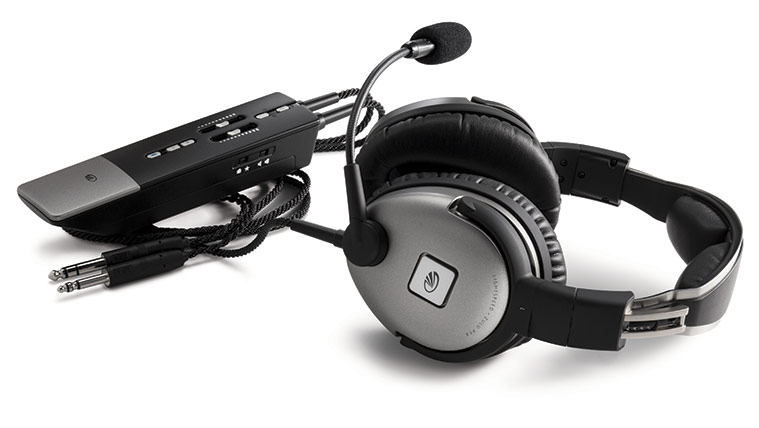

“Aviation enthusiast” content is better suited to r/aviation. r/flying is intended to be a place to discuss things like pilot training, regulations, procedures, techniques, aircraft ownership and maintenance, piloting as a career, and similar topics.
/cdn.vox-cdn.com/uploads/chorus_image/image/67119429/proxlightspeed.0.jpg)
Certain questions, such as "how do I become a pilot" and the like have been asked repeatedly in the past. We also welcome the new and uninitiated to explore and learn (but please follow the rules). We are a community for discussion among pilots, students, instructors and aviation professionals. For the rest of us, it is definitely worth consideration when deciding between this headset and the Bose A20, for example.Welcome to /r/flying. If you are flying a plane with a LEMO connector with panel power, this probably isn’t a concern. It also drains those 4 batteries much faster and weighs more to boot – twice as fast as the Zulu 3, for example. It takes 4 batteries, compared to the 2 batteries required in comparable headsets. The big downside of the Lightspeed PFX is also the source of it’s advantages – the controller box. The Lightspeed FlightLink feature is a standout for those pilots looking to improve their radio communication skills or wanting to film videos with cockpit sounds – you can’t get this feature on any other headset.

The headstrap adjust-ability is also the best on the market, in our opinion. What sets this headset apart from other high-end headsets? We really like the all metal build quality for one. The one area the Zulu 3 fell short was its noice cancellation ability and, no surprise, the PFX addresses this. If you recall from our review of its sister model, the Zulu 3 – we think that the Lightspeed headsets are already beating this market out with their superior build quality, warranty and feature set.
ARE LIGHTSPEED HEADSETS TSO PLUS
This is a huge plus for me – no longer do you have to wear your sunglasses in a weird orientation to avoid interrupting the earcup seal! It should also provide notably better noise cancellation for those who wear prescription glasses.Īt it’s price range, the Lightspeed PFX directly competes in the high-end headset market. It also means that the PFX should be capable of cancelling out the additional noises caused by an imperfect earcup seal. Examples of these noises are the chaotic vortices that fly off of the propellor and hit the windshield or the noises induced by vibration of the airframe itself. What does this mean for the pilot? It means the PFX should be more effective at cancelling out some noises that traditional ANR headsets cannot touch. These bands correspond with the sound produced in your average airplane – like what would be expected from a piston engine turning at 2000-2500RPM or a turbine engine. This differs from most ANR headsets which target narrow frequency bands for noise cancellation. The clear differentiator with this headset is it’s “streaming quiet” ANR, which claims to adaptively adjust the active noise cancellation to the external environment.
ARE LIGHTSPEED HEADSETS TSO BLUETOOTH
Auxiliary input jack and and Bluetooth connectivity for phone and music.ComPriority feature to block or reduce auxiliary audio to boost the clarity of ATC audio.Outstanding comfort owed to the headsets unique expansion mechanism which expands and contracts near the top of the head.Battery-powered Active Noise Reduction (ANR).The Lightspeed PFX builds upon the already fantastic featureset of the Lightspeed Zulu 3 headset. This thing is truly a super computer among ANR controllers. The Lightspeed PFX controller takes 4 batteries and is by all accounts a “power hog”.


 0 kommentar(er)
0 kommentar(er)
